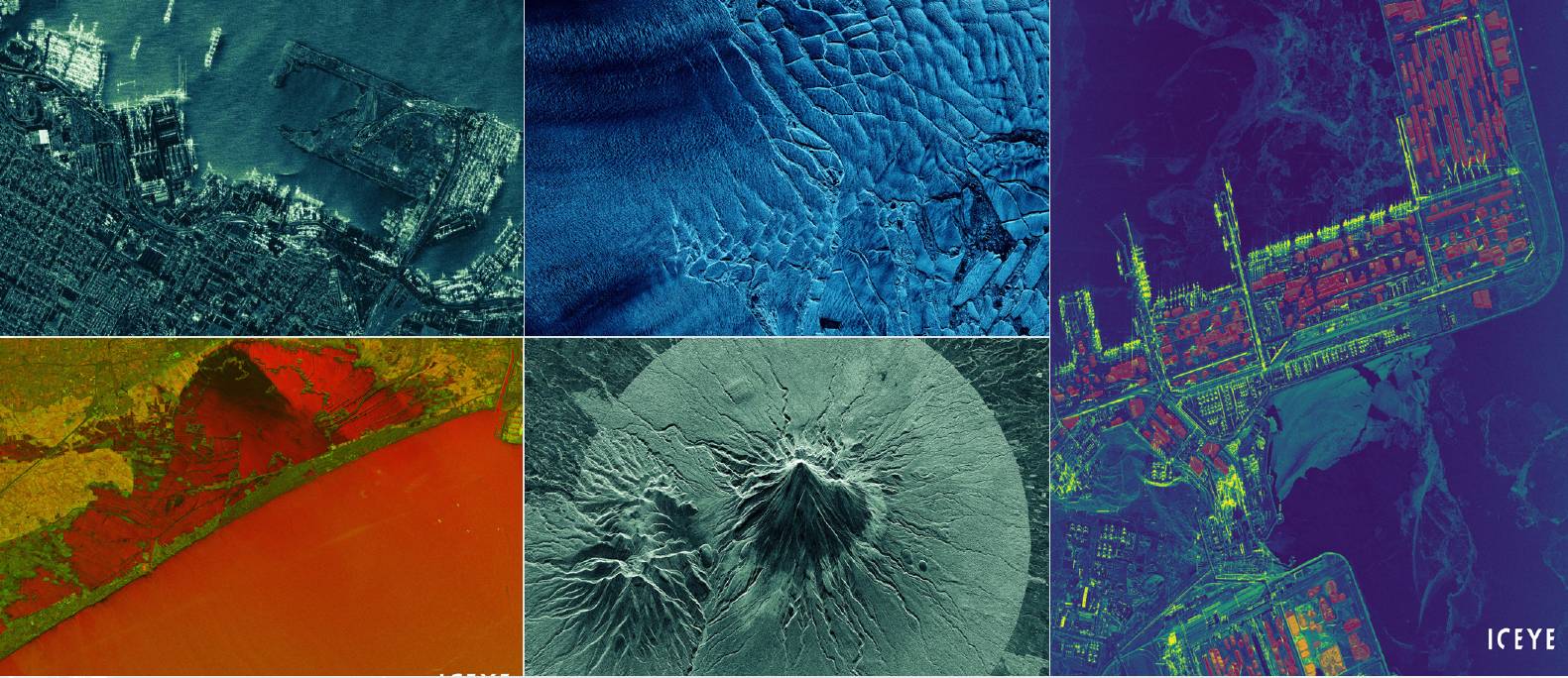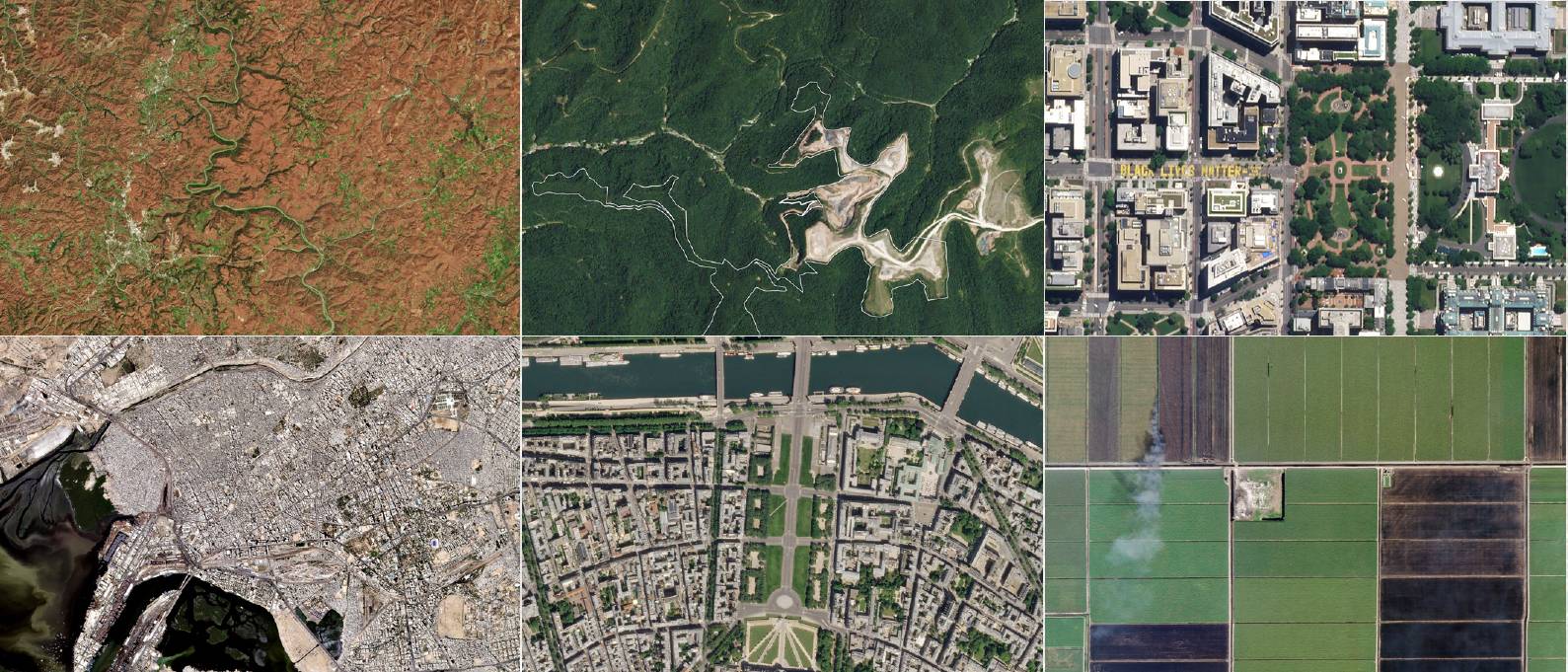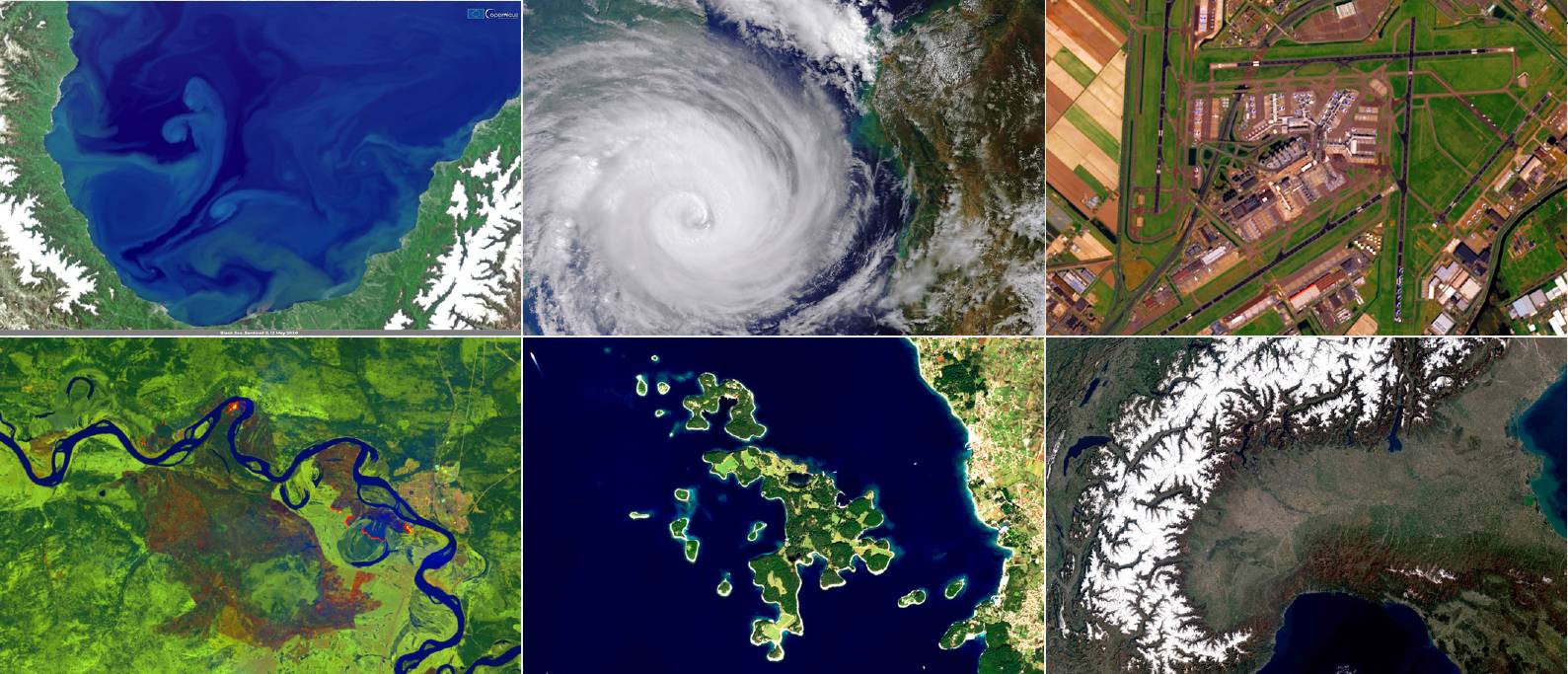SPACEFLIGHT Earth observation satellites
Private eyes on Earth
Once a domain of governments and militaries, satellite Earth observation today has seen these existing players joined by a vibrant influx of new commercial space start-ups pushing innovation to the limits. TEREZA PULTAROVA reports.
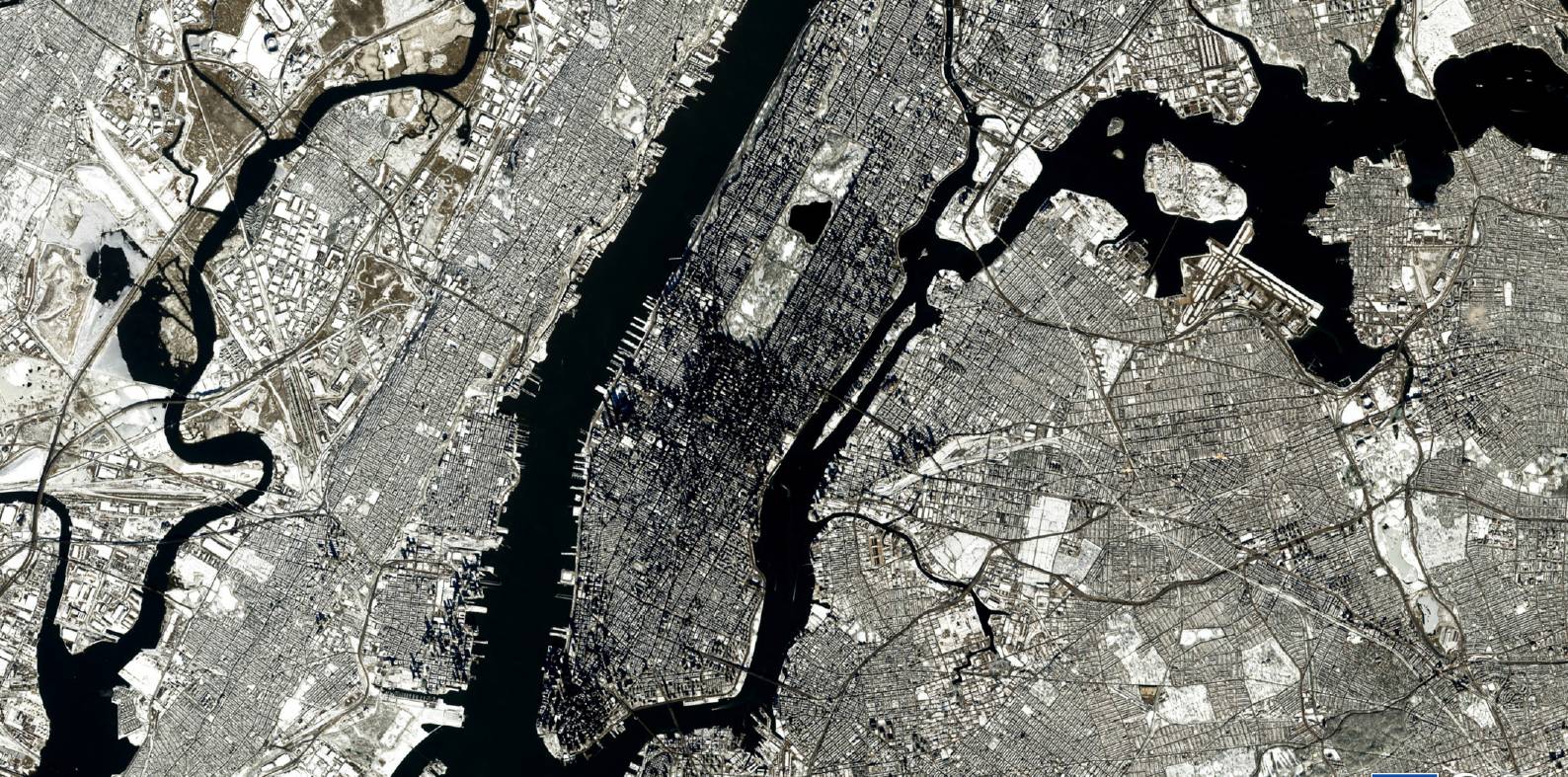 New York in the snow, as seen from a Copernicus satellite. ESA
New York in the snow, as seen from a Copernicus satellite. ESA
It is a benchmark used by Earth observation companies to showcase their abilities – counting cars in parking lots from space using artificial intelligence algorithms that automatically analyse images acquired by Earth observation satellites.
Retail chains can use this information to gauge differences in the performance of individual stores and shopping trends over time. Wealthy investors, who can afford the data, can predict the chains’ performance and buy or sell their shares ahead of quarterly reports, according to a study by scientists from UC Berkeley and the University of Kentucky.
In May 2020, Harvard University researchers counted cars in satellite images of hospital car parks in Wuhan, China. Based on the increased traffic compared to previous years, they concluded that the Covid-19 pandemic may have started months earlier than had been officially claimed.
However, there are other things that can be counted and monitored from space too, as long as they are large enough to be distinguished in images with 30-50cm resolution: the growth of refugee camps and illegal mines, the impact of natural disasters and the missile development effort by adversaries. Just recently, British zoologists demonstrated that satellite images can be used to monitor populations of endangered African elephants.
There is also a lot more you can do with space data today – measure CO2 2 concentrations in the atmosphere, identify methane leaks from gas infrastructure or detect air pollution produced by individual ships at sea.
The planet today is under permanent surveillance by hundreds of Earth observation satellites carrying various kinds of sensors and the number is only expected to grow.
“We expect that more than 1,000 Earth observation satellites could be launched over the next decade,” says Dallas Kasaboski, Senior Analyst at Northern Sky Research, a US-headquartered satellite industry consultancy. “The Earth observation sector has experienced a massive transformation over the past decade, shifting from a small number of large satellites providing images of a single place on Earth at best every week to the constellations of dozens of smaller satellites that we see today capable of daily revisits.”
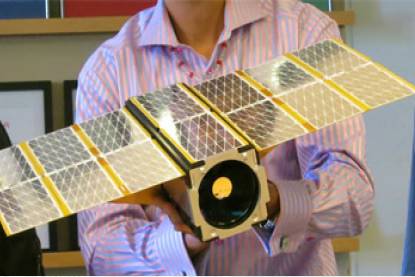 A Planet Labs Dove imaging CubeSat. This is not a scale model but the size of the actual satellite. Planet Labs
A Planet Labs Dove imaging CubeSat. This is not a scale model but the size of the actual satellite. Planet Labs
